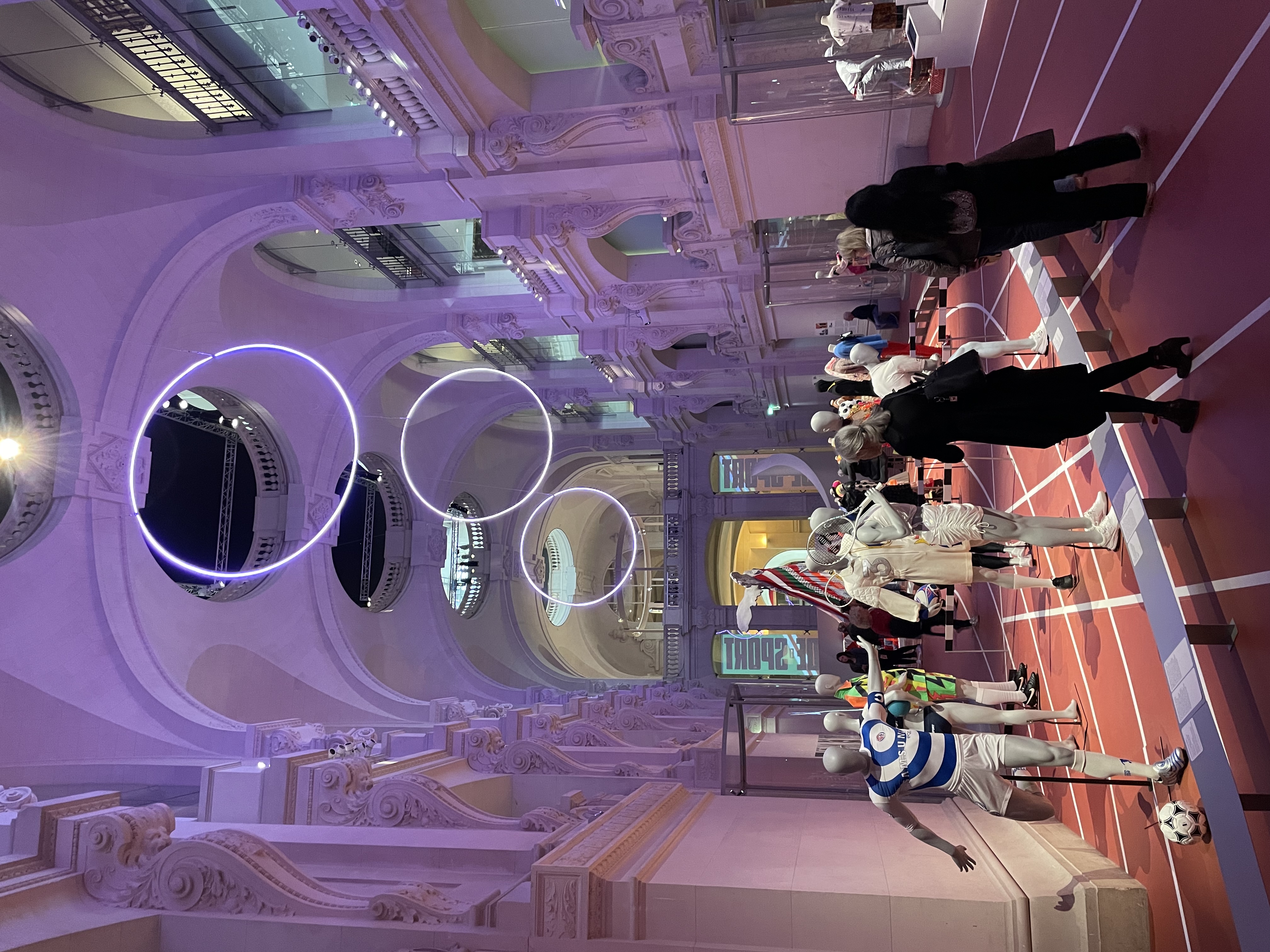

Places of Fashion
20-27.07.2025

Following the success of the three previous Paris Transformations summer schools (Paris Transformation 2022: Architectural, Urban, Metropolitan, Paris Transformation 2023 : Landscapes, Gardens, Urban Parks, and Paris Transformation 2024 : Places of Spectacle), we are pleased to announce our fourth edition, entitled Paris Transformation IV : Places of Fashion.
Fashion holds profound cultural and economic significance in France, with Paris emerging as the world’s first fashion capital by the late 17th century. This status was driven by a combination of mercantile trade and the influence of the royal court under Louis XIV. The French monarchy, particularly through Louis XIV's reign and the policies of his finance minister Jean-Baptiste Colbert, recognized the power of fashion as both a cultural symbol and an economic tool. Colbert famously likened fashion's importance to France to that of gold mines for Spain, emphasizing its centrality to national wealth. During this period, Paris became the hub for the production and consumption of luxury goods, a role it has maintained through centuries.
The development of fashion in France was initially centered in Versailles, where the court set trends that the rest of society followed. However, Paris was the real engine behind the fashion industry due to its role in production and trade. By the 17th century, key Parisian districts such as the Marais, Faubourg Saint-Germain, and later the Palais-Royal, became focal points for the fashion industry. Fashion was not just about clothing but about the spread of ideas, innovation, and consumer excitement, which were crucial for the industry’s growth. The proliferation of public spaces such as cafés and department stores further embedded fashion into the fabric of Parisian life, making it a subject of public discourse and consumption.
In the 19th century, Paris underwent significant transformations under Baron Haussmann, whose urban planning further concentrated luxury trades in the city’s center, particularly around the newly developed department stores. This period saw the rise of the modern fashion designer, epitomized by Charles Frederick Worth, who is often credited as the first couturier, and the creation of new spaces dedicated to fashion consumption. Paris became not only a city of fashion production but also one of spectacle, where fashion was displayed and consumed on an unprecedented scale.
The city’s fashion landscape was further diversified by the contrasting districts of the Triangle d’Or, known for its high-end boutiques and luxury displays, and Le Sentier, which focused on manufacturing and labor-intensive production. This duality highlighted the varying aspects of Parisian fashion—from the glamorous to the gritty.
Today, Paris remains a global fashion powerhouse, supported by its rich cultural heritage, world-renowned museums, and prestigious fashion exhibitions. Institutions like the Fashion Museum of the City of Paris and the Yves Saint Laurent Museum preserve and celebrate the city’s fashion legacy. Meanwhile, new initiatives such as La Caserne, dedicated to sustainable fashion, and the French Institute of Fashion, reflect Paris’s ongoing innovation in the fashion industry. The city’s iconic department stores, like Galeries Lafayette and Le Bon Marché, continue to attract fashion tourists, ensuring that Paris retains its status as a global fashion capital.
You can access the full presentation of the Places of Fashion Summer School by consulting the brochure here.
Program/
